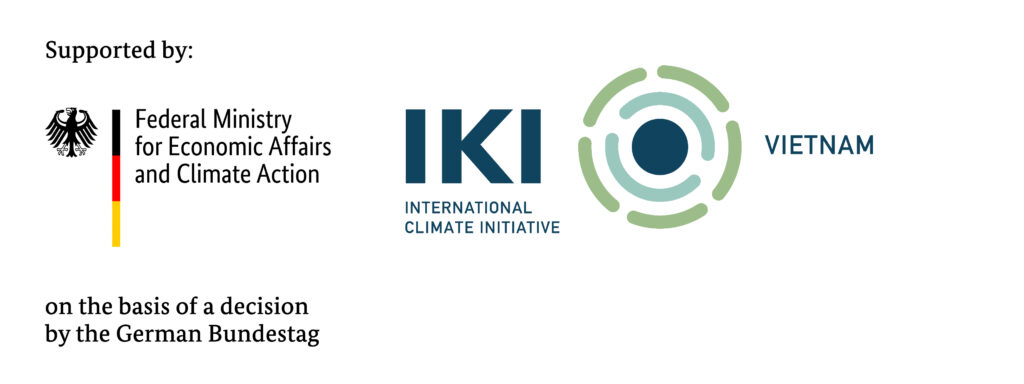Expert meteorologist and hydrologist have warned that many areas throughout Vietnam would face high risk of drought in Central Highlands, and the most serious saline intrusion at the estuary of Mekong Delta this February that could lead to 50% water shortage in 2021.
Freshwater sources in the river basins in the northern region have been forecasted to decline by 20% to 50% rom February to July, with the Thao and Lo rivers set to suffer most seriously, according to the National Centre for Hydro-Meteorological Forecasting (NCHMF). The water levels of different rivers in Thanh Hoa, Nghe An, Quang Tri, Ninh Thuan and Binh Thuan provinces could also be 20 to 50% ower than the water level in the same period last year.
The risk of water shortages and droughts is likely to occur in Nghe An, Ninh Thuan, Binh Thuan and Central Highlands provinces from March to April this year and is forecasted to spread to other central provinces. Saline intrusion at the estuary of the Mekong River would scale up to 55-75km. Representatives of the Mekong River Commission (MRC) also said that the total flow in February from the upstream of Mekong river in Cambodia to the delta would be less than 5-15% of the last year same period average amount.
For many people in Vietnam, as well as surrounding countries, the Mekong Delta is very important as any changes to the region and its related ecosystems can have drastic consequences. Saline intrusion, which is the movement of ocean saltwater into riverine freshwater leading to estuarine water quality decline so that the corresponding water becomes inadequate for multiple purposes including drinking water, agricultural, and industrial uses, has been one of the very major issues for residents in the Mekong Delta region.
The average water volume per person in Vietnam has decreased rapidly from 12,800 m3 in 1990, to 9,700 m3 in 2010 and is likely to be only 8,300 m3/person by 2025 when Vietnam’s population reaches 100 million people. While groundwater is increasingly being depleted and over-exploited in many areas, alternative freshwater sources used for agriculture and planting in the future will mainly come from rainwater and regenerated water. Therefore, both sources of water require to be given more serious attention from authorities.
Appropriate solutions needed for water resource protection and regeneration
According to the National Center for Water Resources Planning and Investigation under MONRE, to solve the problem of water shortages, it is important to enhance water resource storage and strengthen sustainable water management, and effectively plan the water uses for different purposes such as household, agricultural, and industrial consumption.
According to a representative of the Department of Water Resources Management under MONRE, the Ministry will conduct a review and amendment of the Water Resources Law in near future., Emphasis shall be placed on strengthening the legislative framework to encourage economic sectors to contribute to sustainable water management. To keep track on any changes, water resources investigations shall be more regularly conducted and new research and technology transfer shall be applied for improved water monitoring, drainage, sewage, and treatment. At the same time, state management and governance of water resources shall be improved.
